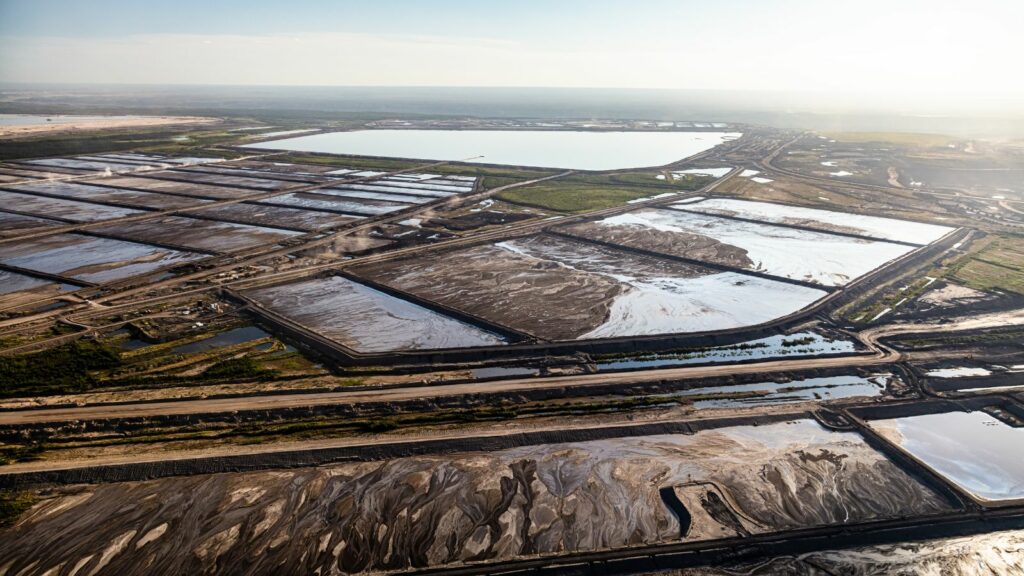Canada sits quietly atop some of the most valuable natural resources on Earth. As global supply chains become more fragile and geopolitical tensions reshape trade, nations are aggressively seeking reliable, politically stable sources of energy, minerals, and food. Canada offers all three. Here are 19 Canadian resources that the world is fighting over.
Crude Oil (Alberta Oil Sands)
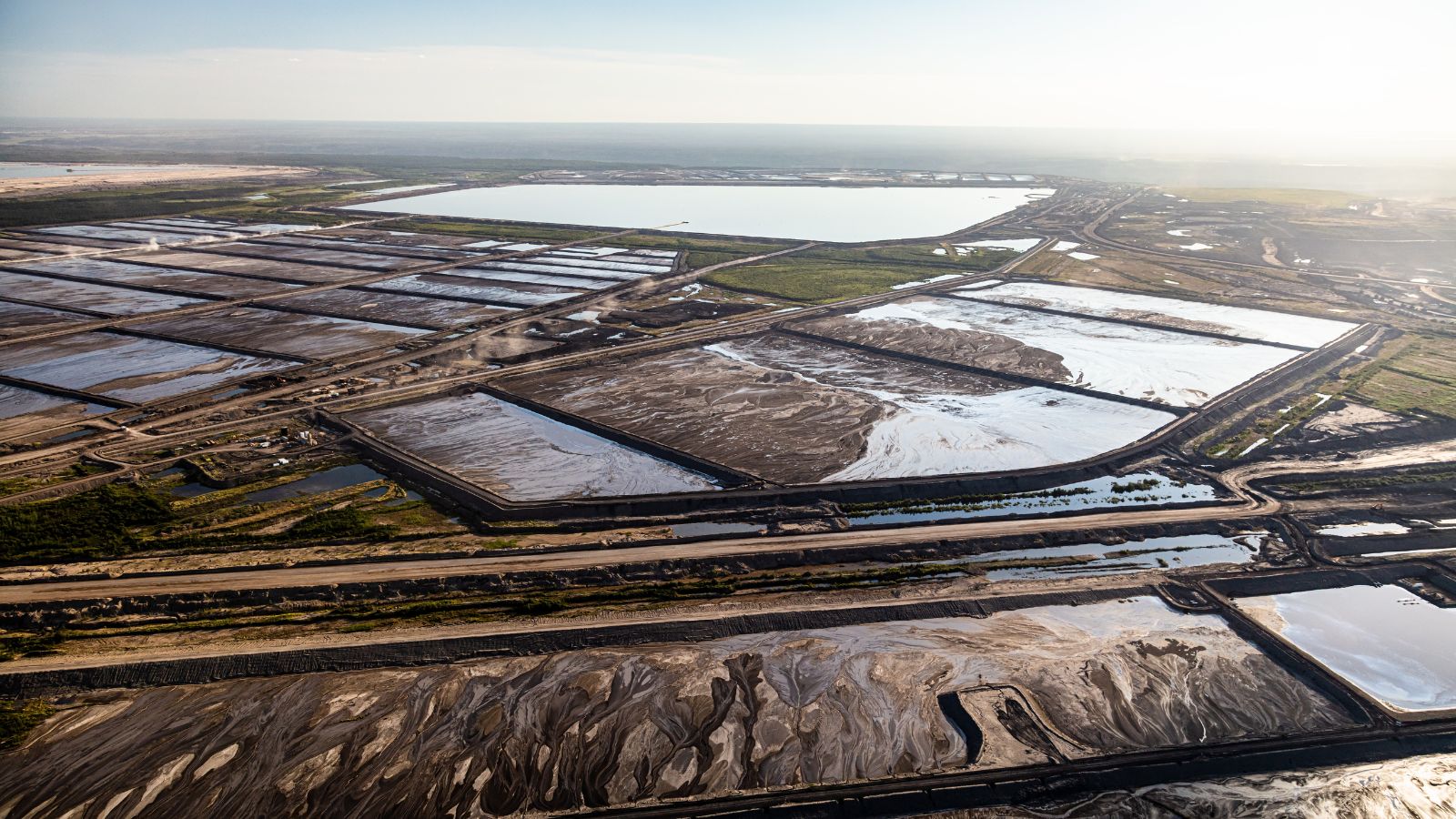
Canada’s oil sands contain over 165 billion barrels of proven reserves, placing the country behind only Venezuela and Saudi Arabia. While the world is transitioning toward cleaner energy, global oil demand is still projected to remain high for decades. Importing countries see Canadian oil as a stable alternative to supply from politically volatile regions. Many nations rely heavily on Canada’s consistent production, integrated pipeline network, and long-term economic stability. As energy security becomes a top priority, Canadian crude has transformed from a simple commodity into a globally strategic asset.
Natural Gas & LNG (British Columbia)
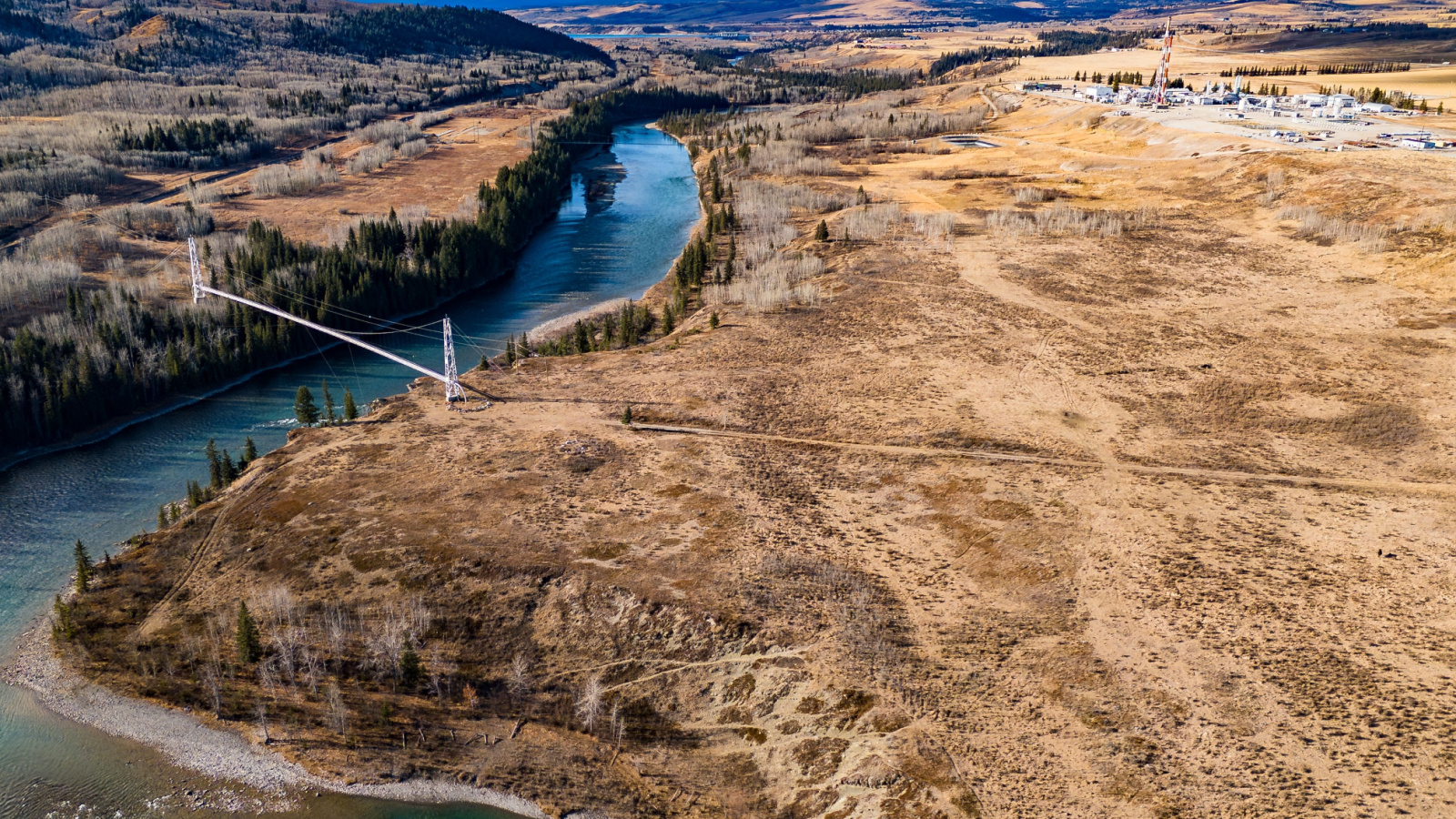
Canada possesses enormous natural gas quantities, with British Columbia emerging as a major LNG hub. As Europe shifts away from Russian gas and Asia seeks cleaner fuel to replace coal, Canadian LNG has become increasingly desirable. LNG projects in Kitimat and the northern coast aim to supply Japan, South Korea, and other Asian tech economies. Unlike higher-emission producers, Canada’s LNG benefits from renewable hydroelectricity used in extraction and processing, giving it a lower carbon intensity. The global push for Liquefied Natural Gas (LNG), especially following geopolitical instability affecting Russian supply, has dramatically increased the demand for Canadian exports. New pipeline and liquefaction projects are hotly contested as Asian and European markets seek long-term, reliable gas supplies to secure their energy transition.
Freshwater Reserves

Holding nearly 20% of the planet’s freshwater, Canada has what many countries increasingly lack. Water scarcity is worsening across the Middle East, South Asia, and parts of the U.S., making Canada’s hydrological wealth a strategic advantage. Although bulk water exports are tightly regulated, international companies continue investing in Canadian bottled water, desalination technologies, and water-management expertise. Hydropower projects linked to freshwater systems make Canada even more attractive. As global droughts intensify, interest in Canada’s freshwater — whether for agriculture, energy, or consumption — will continue to accelerate.
Uranium (Athabasca Basin, Saskatchewan)
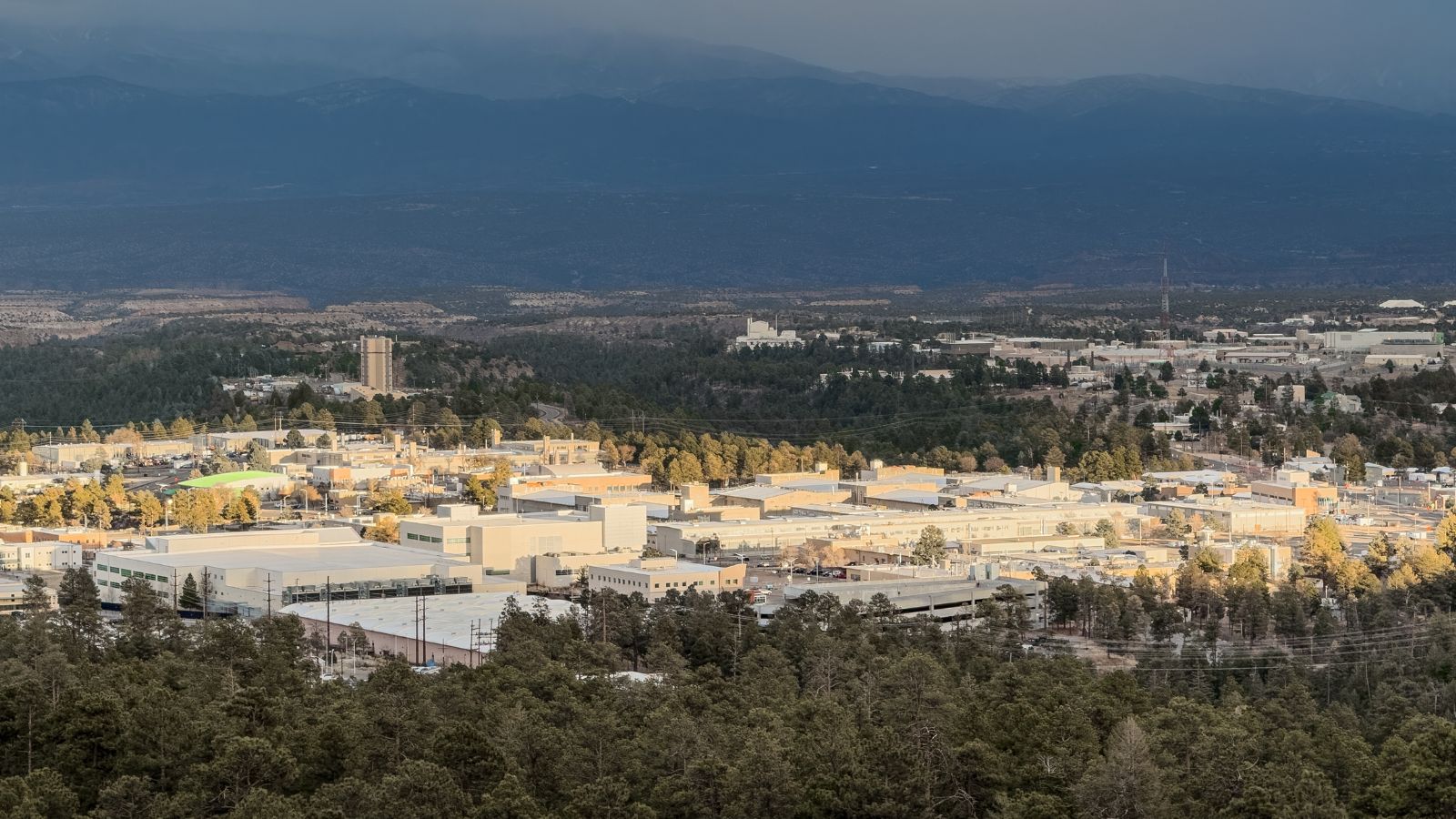
The Athabasca Basin is home to the world’s highest-grade uranium deposits. Countries embracing nuclear power as part of their clean-energy transition depend on Canada’s supply for stable, long-term fuel contracts. Nations like France, India, the UAE, and South Korea prioritize Canadian uranium because of its purity and Canada’s transparent regulatory environment. With next-generation small modular reactors (SMRs) gaining traction, demand for high-quality uranium is rising. Canada’s uranium reserves are becoming essential to global energy security and decarbonization strategies.
Potash (Saskatchewan)
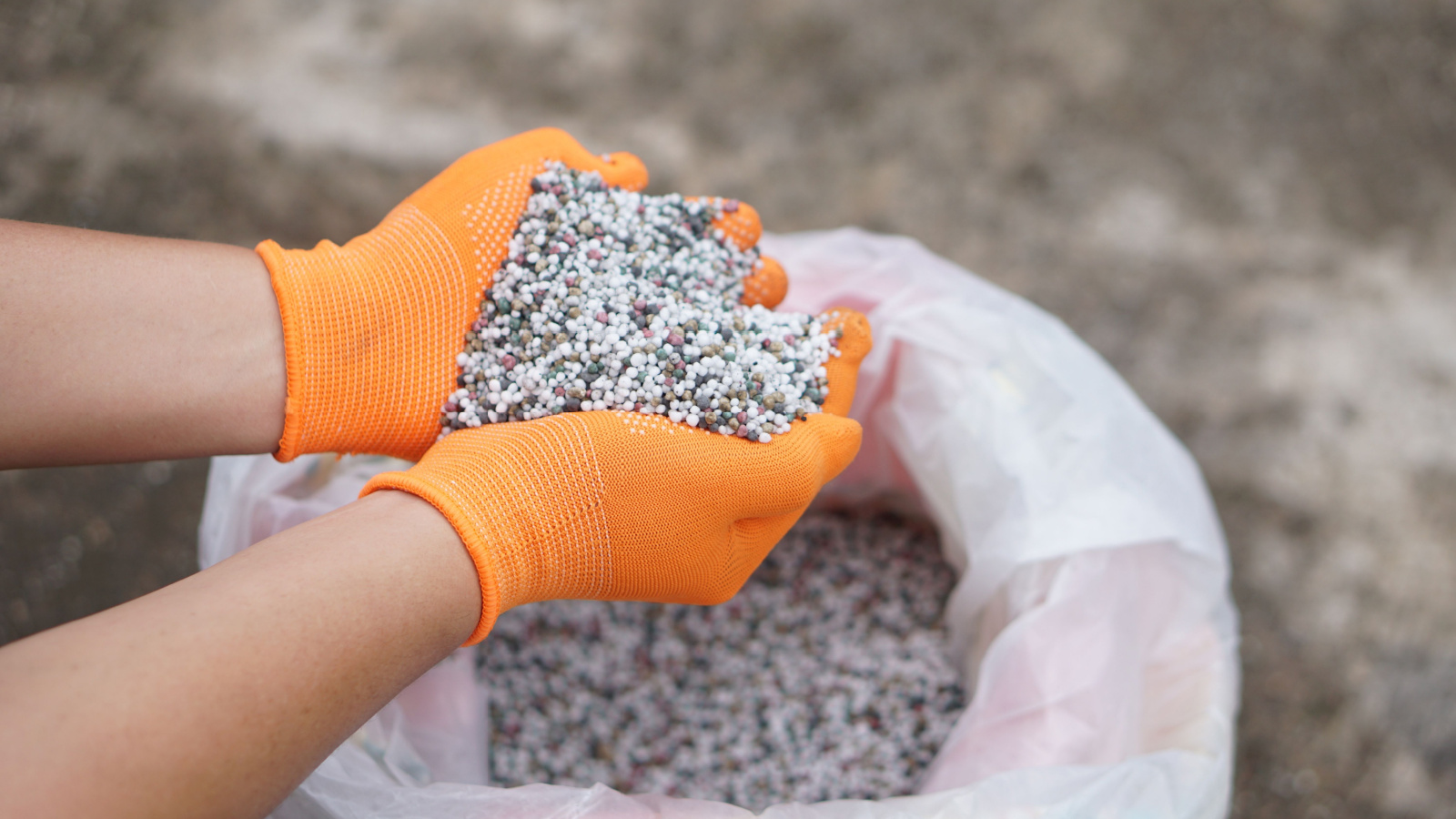
Canada is the world’s leading potash producer, responsible for more than 40% of global supply. Potash is a crucial fertilizer ingredient, and without it, global food production would collapse. The Russia-Ukraine conflict and sanctions on Belarus — both major potash exporters — have pushed more countries to rely on Canada for stable, ethically sourced potash. China, Brazil, India, and Indonesia are particularly dependent on Canadian potash for crop yields. As food security becomes one of the century’s biggest challenges, Canada’s potash dominance gives it enormous global influence.
Timber & Lumber (B.C., Alberta, Québec)
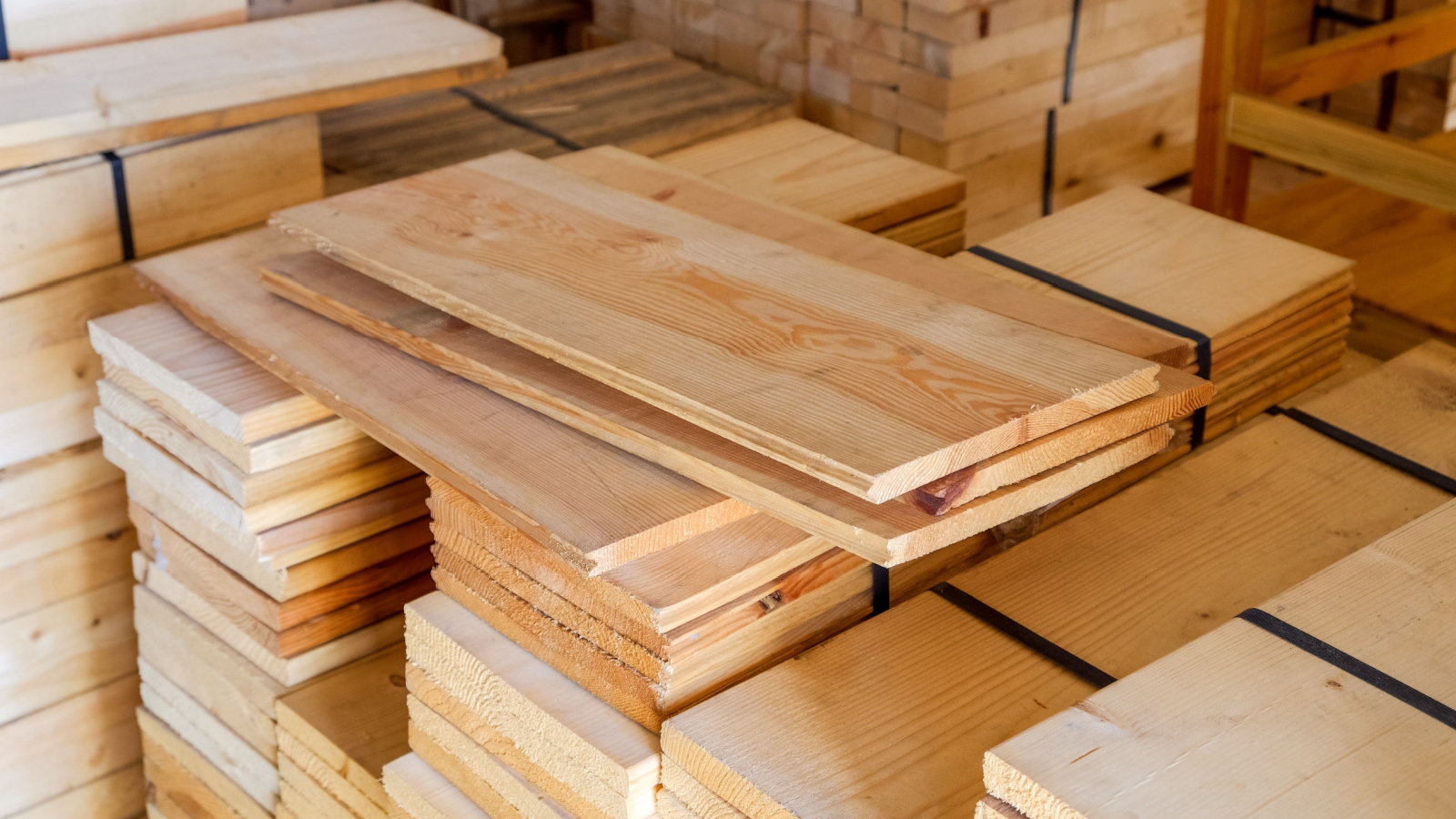
Canada’s forests cover nearly 350 million hectares, making it one of the world’s top destinations for sustainable timber. Canadian softwood and hardwood lumber is used in construction, homebuilding, paper manufacturing, and eco-friendly projects worldwide. The U.S. housing market heavily depends on Canadian lumber, and demand from China and Japan continues to rise. Despite wildfire disruptions and trade disputes, Canada remains globally competitive due to its strict forest management practices and high-quality wood. Nations needing affordable, durable, and sustainable building materials continue to strengthen their reliance on Canadian timber.
Gold (Ontario, Québec, Nunavut, B.C.)

Gold remains a safe-haven asset, especially during inflation, recession concerns, and stock-market volatility. Canada ranks among the world’s top gold producers, with major mines like Detour Lake, Red Lake, and Eleonore generating global investor interest. International mining firms see Canada as one of the safest jurisdictions for exploration and operation. Several new gold discoveries in Nunavut and northern B.C. have placed Canada among the top future gold growth markets. With central banks increasing gold reserves worldwide, demand for Canadian output continues to strengthen.
Nickel (Ontario, Newfoundland, Manitoba)

Nickel is essential for EV batteries, aerospace materials, stainless steel, and renewable-energy technologies. Canada is one of the few countries producing Class 1 high-purity nickel, ideal for battery manufacturing. Automakers like Tesla, General Motors, and Volkswagen have all expressed interest in securing Canadian nickel to reduce reliance on Indonesia’s environmentally harmful mines or Russia’s unstable supply. With the EV market booming, Canada’s nickel reserves — especially in Sudbury, Voisey’s Bay, and Thompson — are becoming foundational to the global energy transition.
Cobalt (Ontario, Quebec, Manitoba)
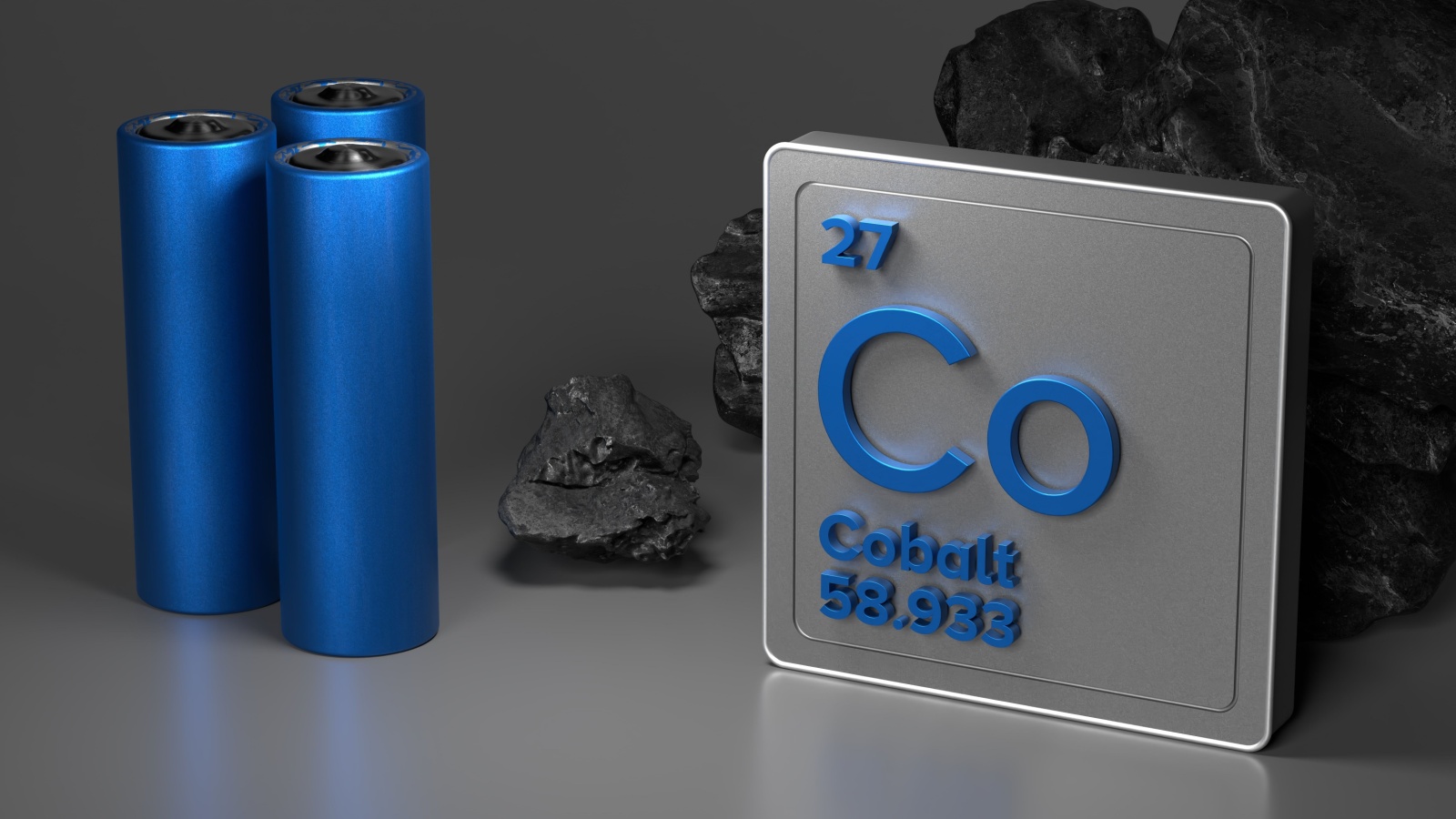
Cobalt is another EV-battery essential, and while the DRC dominates production, ethical sourcing concerns drive companies toward Canada. Canadian cobalt is extracted under stringent environmental and labour regulations, giving it a major ESG advantage. As EU and U.S. battery supply-chain laws tighten, Canada stands out as a reliable, low-risk supplier. Investment in cobalt refining capacity is expanding across Ontario and Québec, transforming Canada into one of the most important ethical-cobalt sources for automakers and battery manufacturers worldwide.
Copper (British Columbia, Yukon, Ontario)
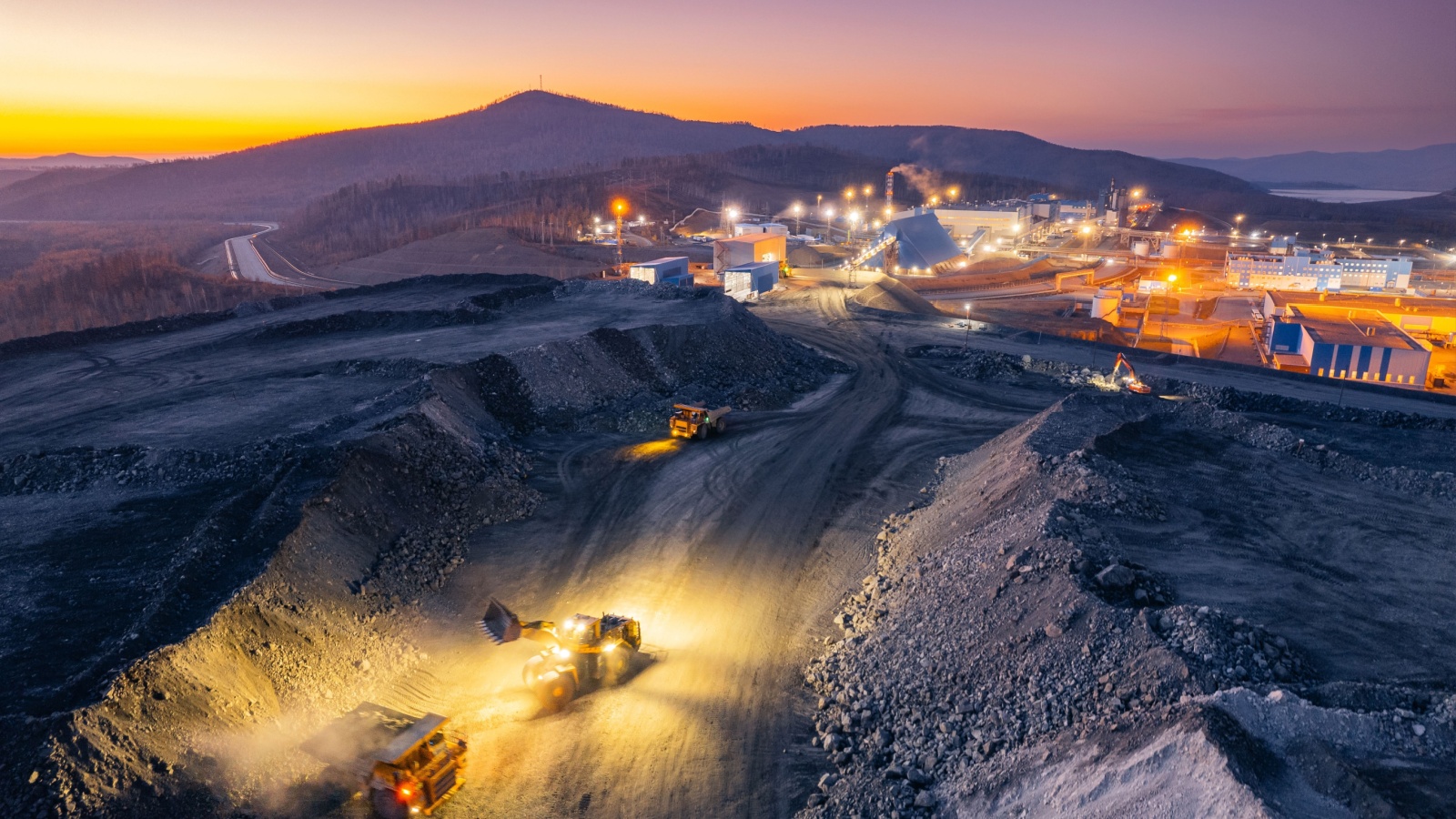
Copper is indispensable to electrification — from EV charging networks and solar panels to power grids and telecommunications. Canada’s numerous copper mines supply global buyers struggling to meet intensifying demand. The world is forecast to face major copper shortages by 2030, and many countries are already securing long-term Canadian contracts. Exploration activity in B.C.’s Golden Triangle and Yukon’s mining belt continues to surge. As governments modernize infrastructure and electrify transportation, Canada’s copper reserves are becoming globally contested.
Lithium (Québec, Ontario, Manitoba)

Lithium is the backbone of modern battery technology, and Canada is positioned to become one of North America’s largest producers. Hard-rock lithium deposits in Québec and northern Ontario attract massive investments from battery producers and automakers seeking independence from Chinese-controlled supply chains. Lithium processing facilities are already being built in Canada, giving the country a competitive edge in both raw extraction and advanced battery-material production. As gigafactories expand across North America, nations and corporations alike are racing to secure Canadian lithium.
Rare Earth Elements (Northwest Territories, Québec)

REEs are a group of 17 chemically similar elements essential for advanced technologies, including permanent magnets in wind turbines, EV motors, and military guidance systems. Canada’s efforts to develop its significant northern REE deposits are backed by allies aiming to break a near-monopoly on REE processing, making this a critical area of strategic and economic rivalry. Rare earths are necessary for advanced electronics, EV motors, missile systems, magnetic technologies, and renewable-energy infrastructure. With China controlling over 80% of the global supply, Western nations are scrambling to diversify. Canada’s rare earth deposits — including the Nechalacho and Kipawa projects — offer stable, ethical, and politically aligned alternatives.
Wheat (Saskatchewan, Alberta, Manitoba)
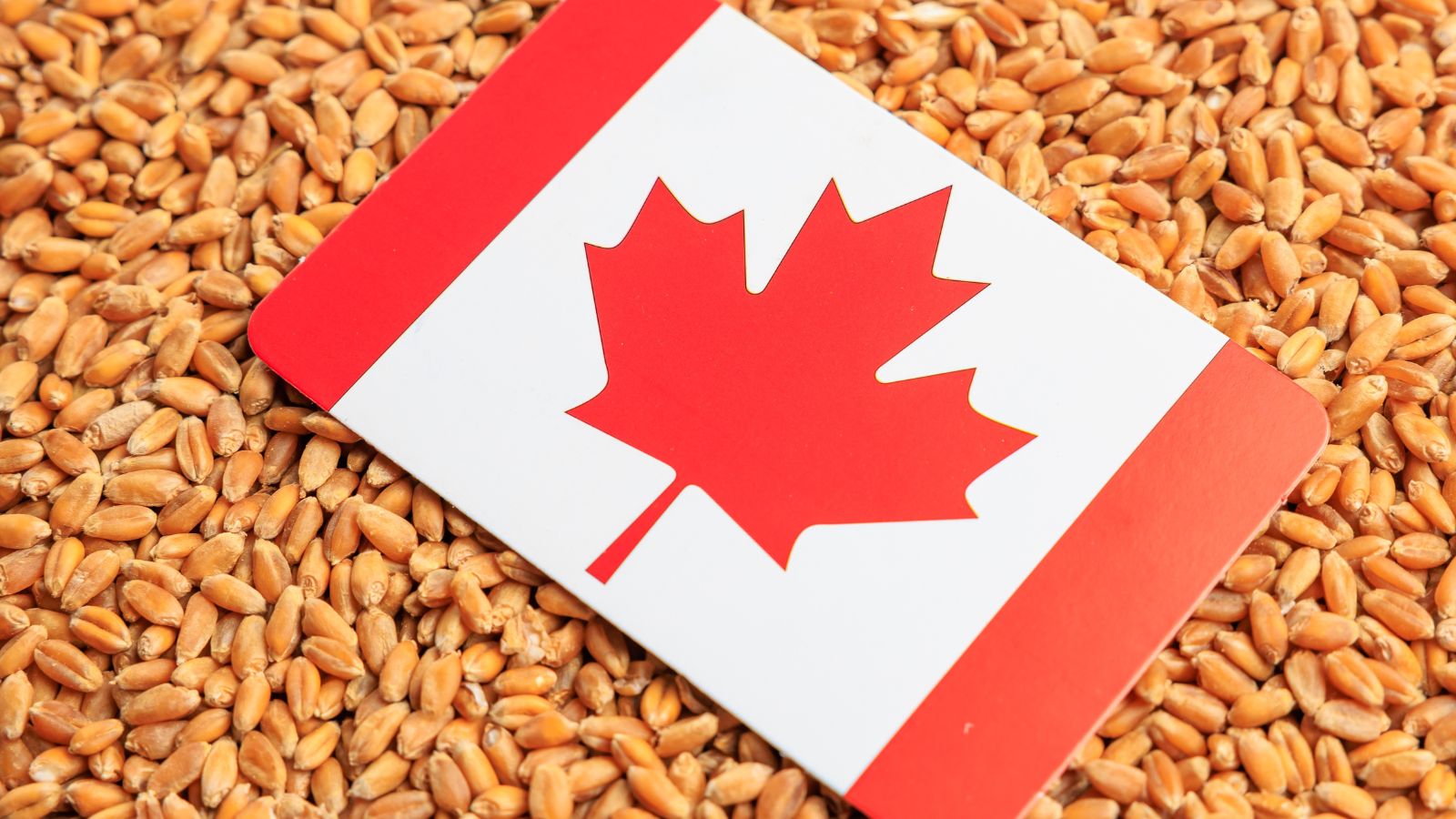
Canada is a top global wheat exporter, supplying markets that depend on its high-protein, consistent-quality grain. Nations across Asia, North Africa, and the Middle East rely heavily on Canadian wheat to stabilize domestic food supplies. With climate-related failures impacting wheat harvests in China, India, and the U.S., demand for Canada’s predictable yields continues to grow. As global food insecurity rises, Canada’s wheat exports remain crucial to international food systems.
Canola (World’s Largest Exporter)
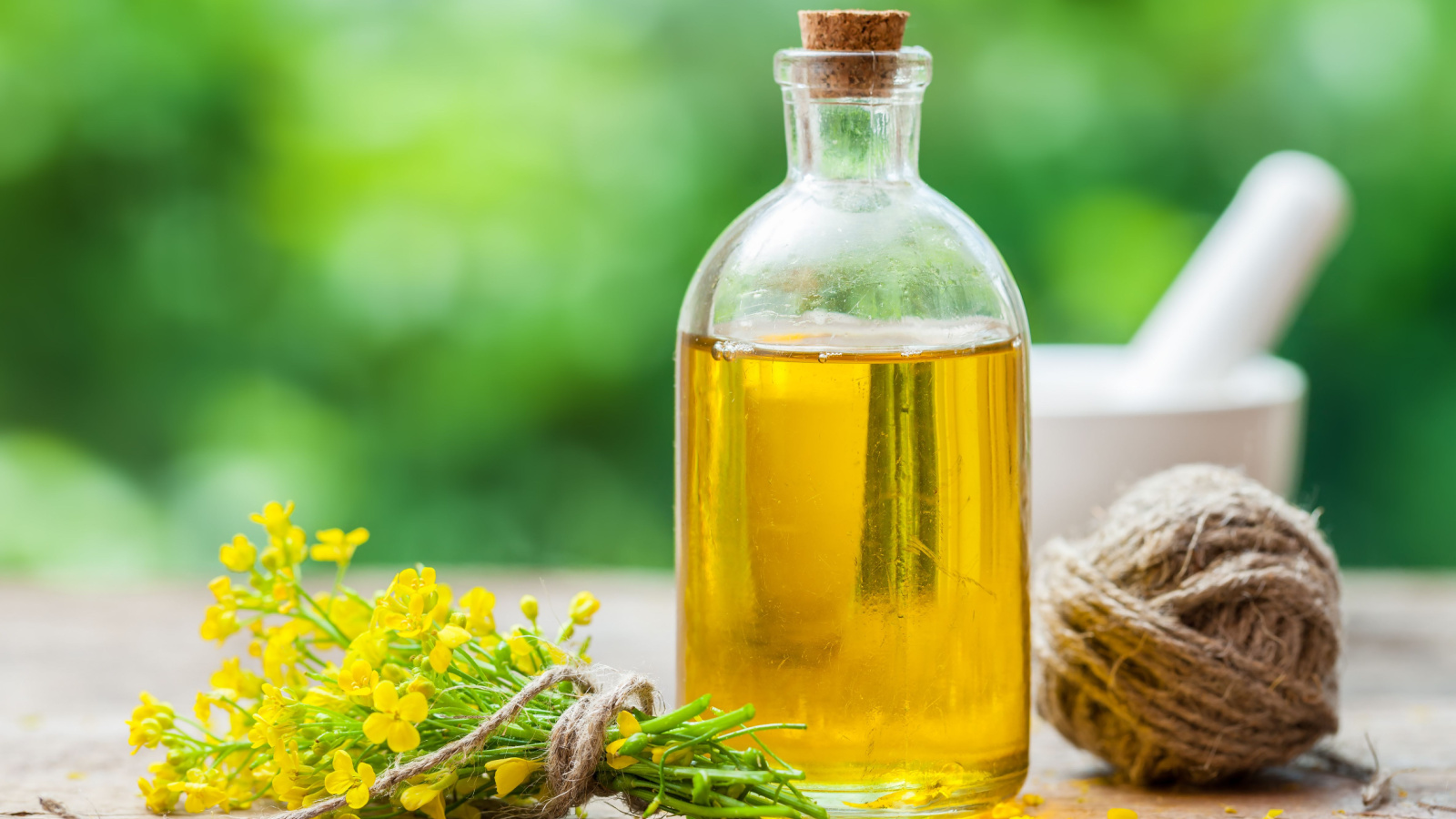
Canola is one of Canada’s most valuable agricultural exports. The country supplies premium canola oil used in cooking, packaged foods, livestock feed, and renewable diesel. With edible oil markets becoming increasingly volatile, importers from China, Japan, Mexico, and the EU depend on Canadian canola for a stable supply. Growing biofuel programs in the U.S. and Europe are increasing demand further. Canada’s canola dominance has become central to global food and energy markets.
Hydroelectric Power (B.C., Québec, Manitoba)
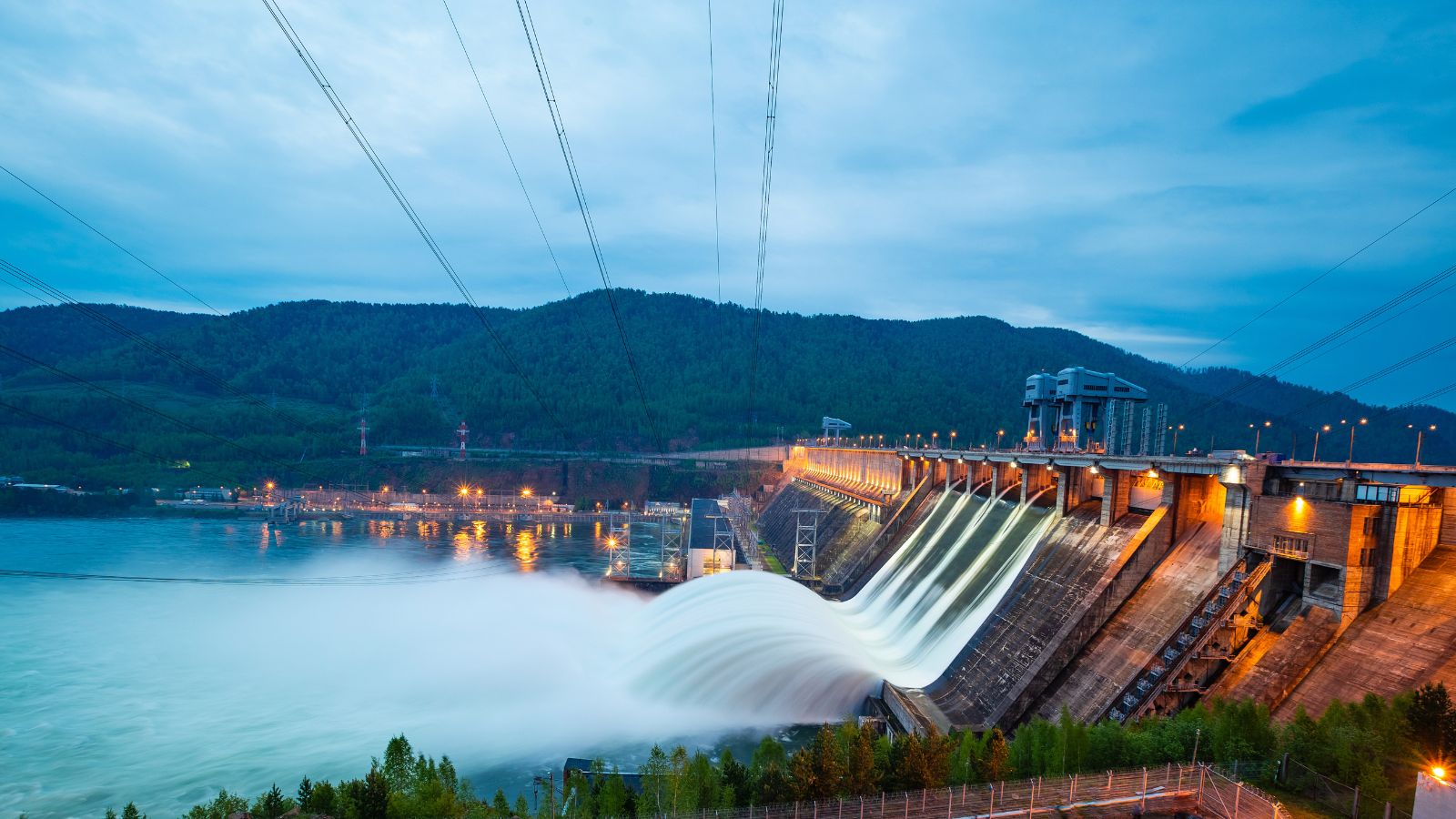
Hydroelectricity powers most of Canada’s clean-energy grid and generates billions through exports to the U.S. States like New York and Massachusetts rely on Canadian hydropower to meet climate targets. Canada’s expertise in dam engineering, water management, and renewable infrastructure has also become a globally demanded service. As countries accelerate decarbonization initiatives, Canada’s hydropower capacity remains a major strategic advantage — both as a domestic energy source and an international export.
Seafood & Marine Resources (Atlantic & Pacific Coasts)

Canada’s seafood industry is among the cleanest and most regulated in the world. Lobster from Nova Scotia, salmon from British Columbia, snow crab from Newfoundland, and scallops from the Atlantic all command premium prices in global markets. Nations with declining marine ecosystems increasingly turn to Canada for high-quality, sustainably sourced seafood. Asian countries — particularly China, Japan, and South Korea — remain top consumers. With rising global demand for protein, Canada’s marine resources are becoming even more competitive.
Aluminum (Québec & British Columbia)
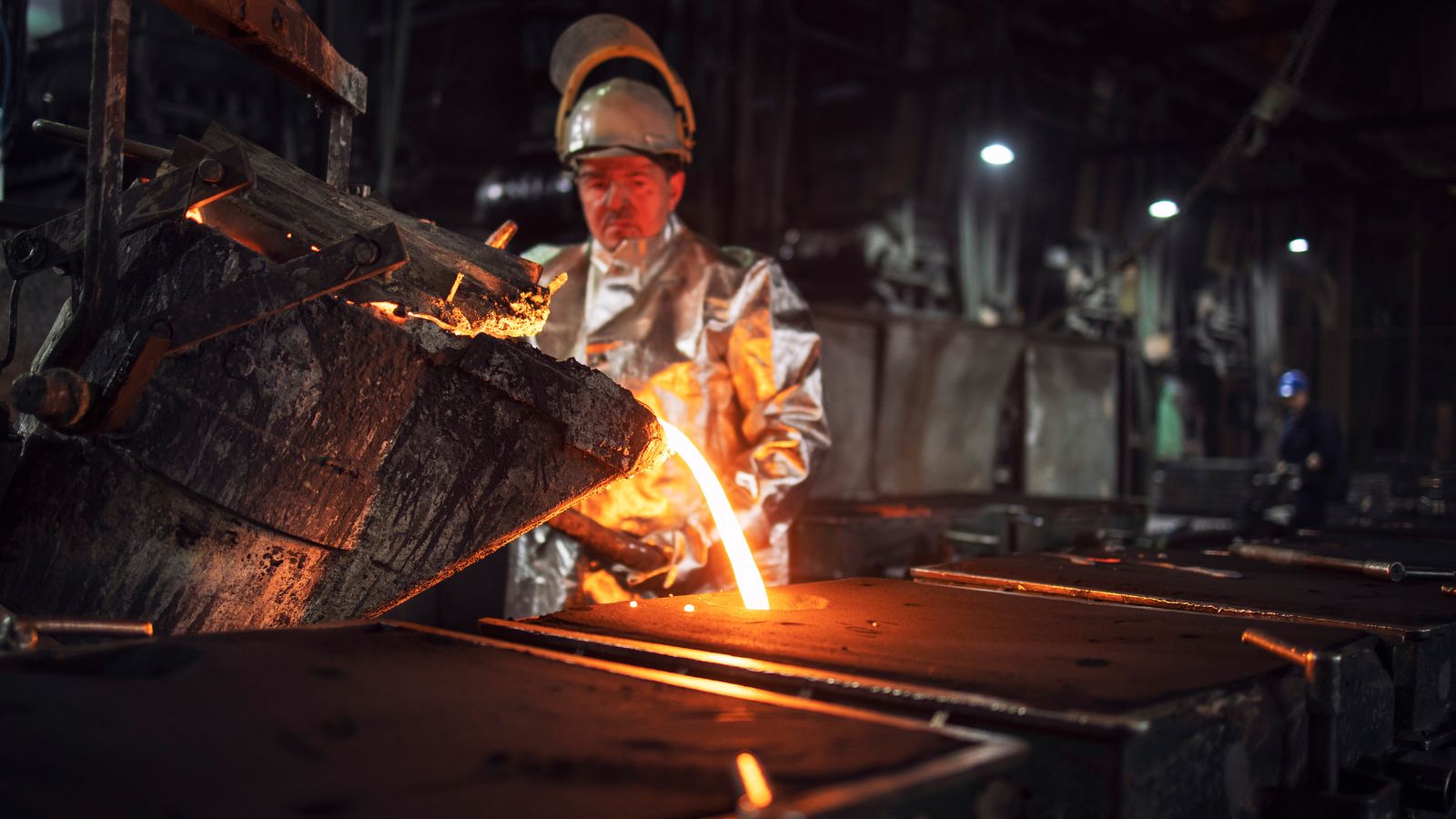
Canada produces low-emission aluminum powered by hydroelectricity, making it one of the greenest aluminum sources worldwide. This is critical as automakers, tech companies, and aerospace manufacturers seek low-carbon materials to meet sustainability commitments. Canada ranks among the world’s largest primary aluminum exporters, and demand is growing rapidly from the U.S., EU, and Asian markets. As industries shift toward cleaner production, Canada’s renewable-powered aluminum stands out as a top global choice.
Iron Ore (Labrador Trough, Quebec)

The Labrador Trough is home to some of the world’s highest-quality iron ore, prized by steelmakers for its purity and efficiency. With global infrastructure development rising, nations like China, Japan, and South Korea rely heavily on Canadian iron ore. Green-steel production, which requires high-grade ore to reduce emissions, further elevates the value of Canada’s deposits. As mineral demand surges and global supply faces disruptions, Canada’s iron ore reserves are attracting unprecedented attention.
Arctic Shipping Routes & Northern Mineral Rights
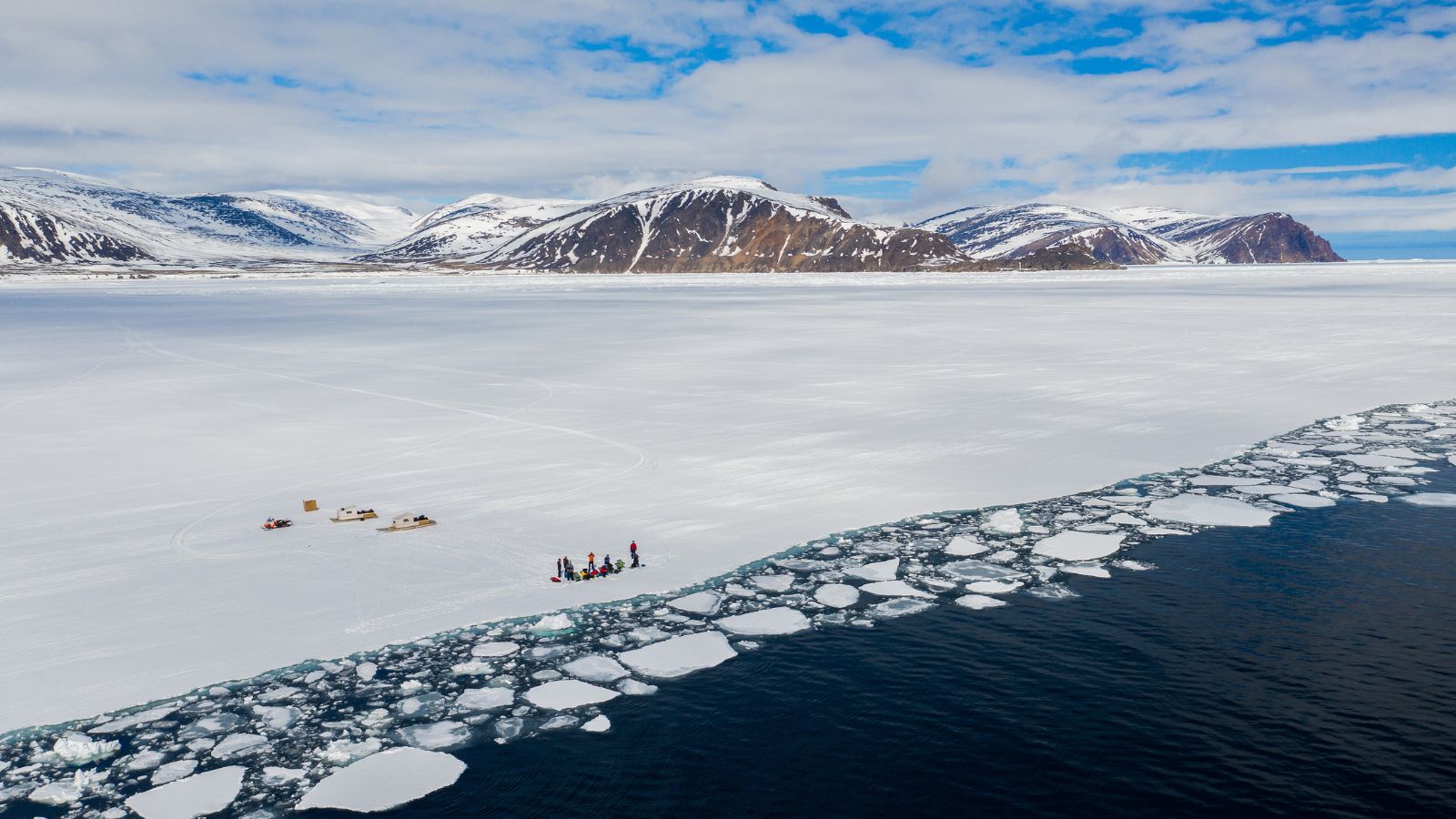
Climate change is opening new Arctic shipping lanes across Canada’s northern territories, reducing travel time between Asia, Europe, and North America. These routes could revolutionize global trade, and the world is paying close attention. Beneath the Arctic also lie immense reserves of natural gas, copper, nickel, rare earth elements, and possibly oil. Countries including the U.S., Russia, and China are heavily monitoring the region. Control over Canada’s Arctic could shape the future of transportation, military strategy, and global resource extraction for decades.
21 Products Canadians Should Stockpile Before Tariffs Hit

If trade tensions escalate between Canada and the U.S., everyday essentials can suddenly disappear or skyrocket in price. Products like pantry basics and tech must-haves that depend on are deeply tied to cross-border supply chains and are likely to face various kinds of disruptions
21 Products Canadians Should Stockpile Before Tariffs Hit
